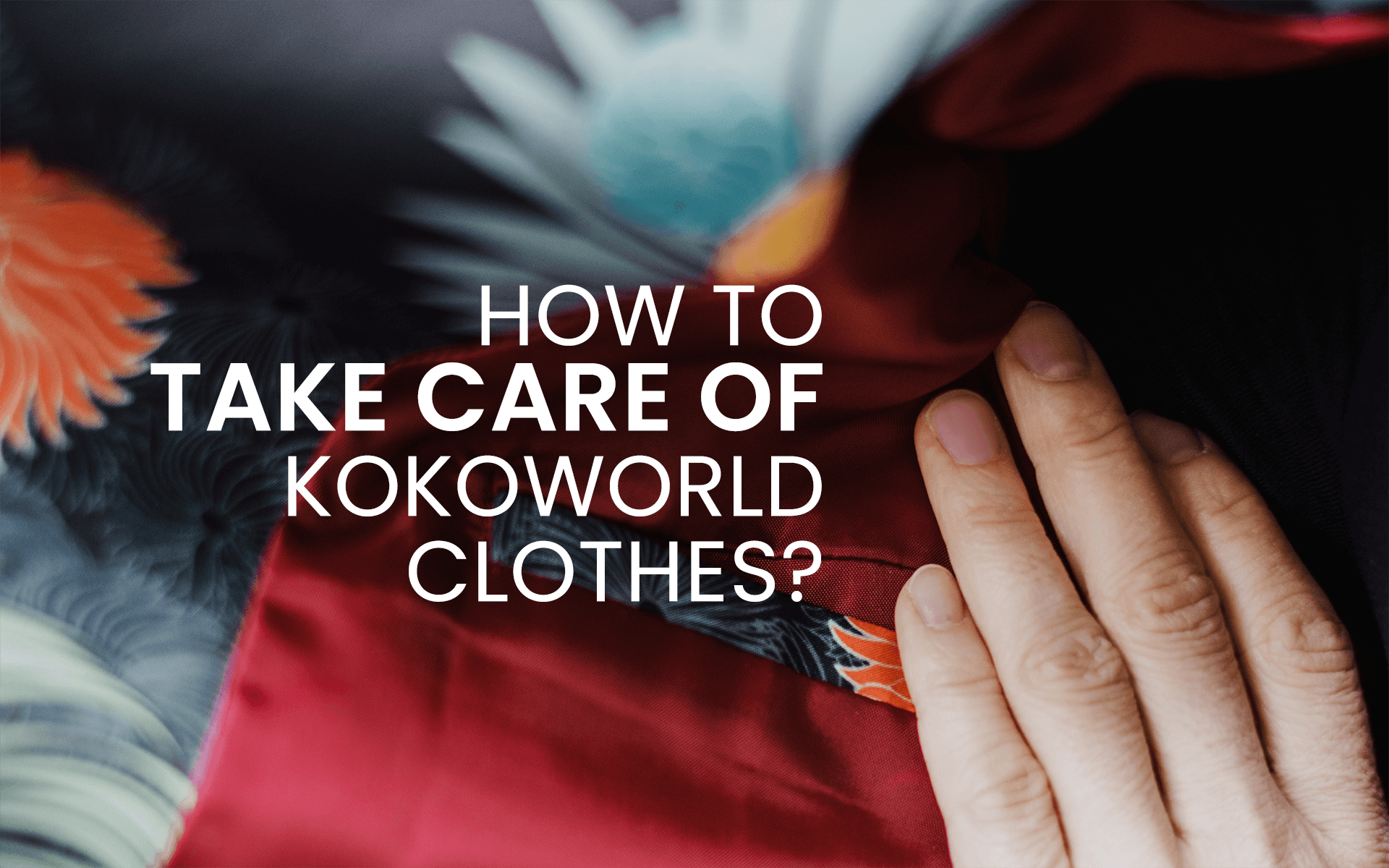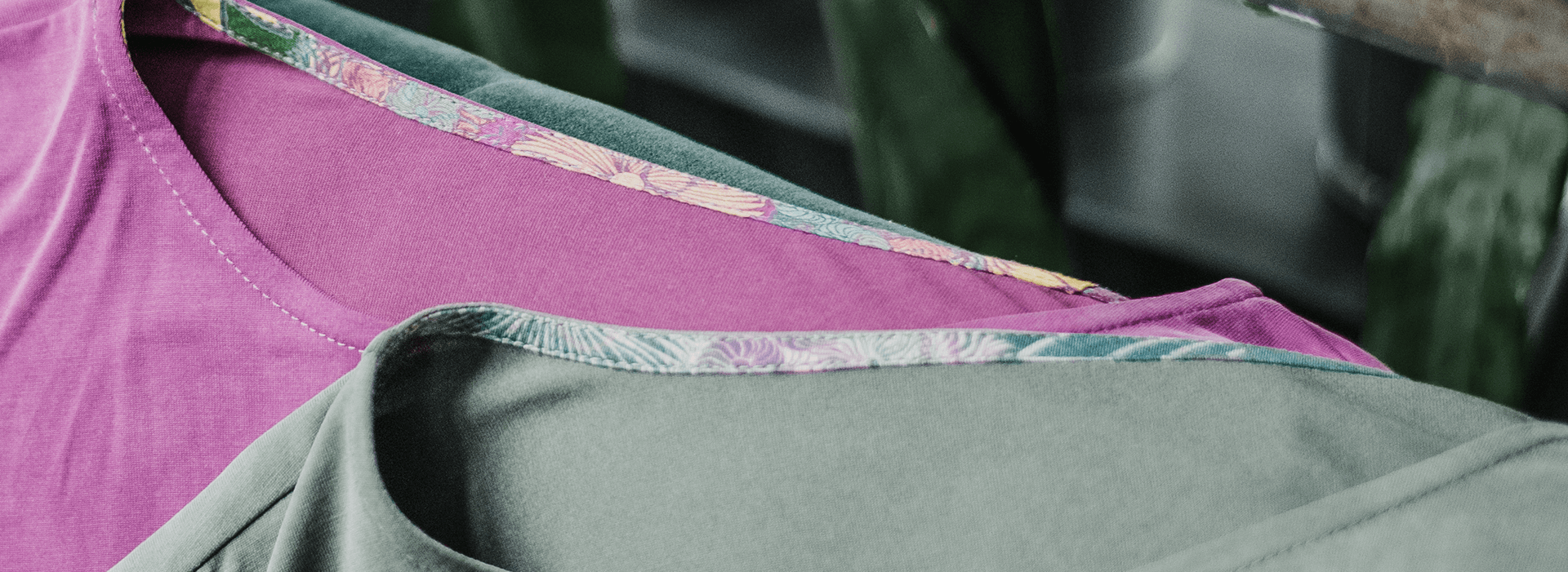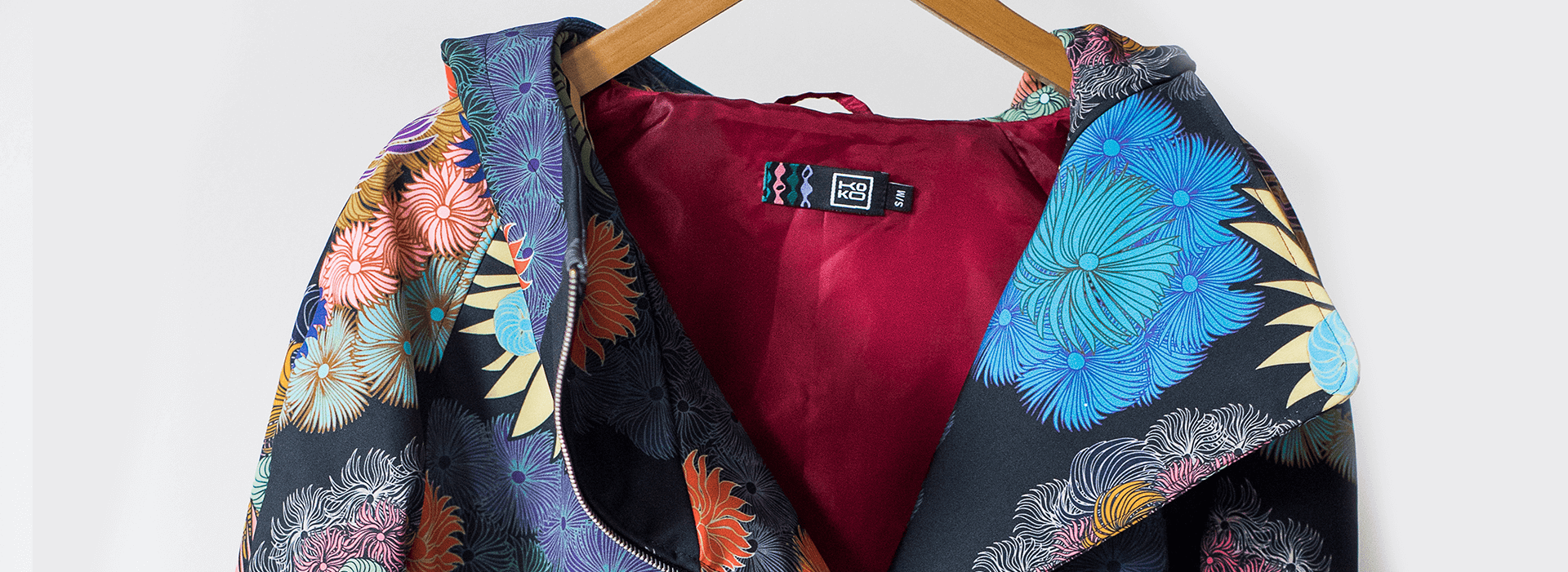Dodano do koszyka
Sprawdź również

Proper care of clothes is notonlya friendly gesture towardsyour wardrobe but also your wallet and the planet. Thanks to properwashing, drying and storing, clothes will endure.And this also leads to the consumption decrease and, consequently,the drop in the level of environmental pollution. So what is the bestway to take care of our clothes?
First of all, it's crucial to beaware that the way we care for our clothes has a greater impact onthe environment than we think. Did you know that:
– 75% to 90% of the energyused by a washing machine is used for heating the water? The lowerthe temperature, the lower the energy consumption!
– 190 kg of CO2 onaverageisemitted into theatmosphere annually by those who iron their clothes regularly?
Simply speaking– our seemingly ordinary,everyday decisions have power. With this in mind, let’s brush upwhat we know about caring for clothes and follow the tips that willcontribute to reducing the environmental pollution.


Washing in a nutshell:
Hand or machine?
Hand washing, without unnecessary rubbing, is definitely recommended for Tencel and wool clothes. Our Tundra recycled sweater is also to be washed by hand. For Tencel and wool, avoid long-term soaking – the lyocell fabrics may lose their colour. Woolen clothes are better pressed in a bowl than rubbed. Nor is linen a fan of a handwashing rubbing. Moreover, woolen and linen clothes must not be wrung out. Any water excess should be squeezed off with a cloth or towel.
If machine washing can’t be avoided, choose a delicate program without spinning and put wool into a cotton bag. It is recommended to put Tencel and fine cotton clothes into a bag too. When washing cotton, linen, viscose or Tencel in the washing machine, choose a delicate program with gentle spinning. Make sure the washing machine is lightly loaded, as it minimises creases and the risk of a fabric damaging.
Clothes with prints should be washed inside out. This will protect them against uneven colour loss and against possible nudging on drum, other clothes or metal elements such as zippers.
Better together?
Definitely no! Even viscose, although it is not so decoloutarion-prone during washing, appreciates if being like colour clothes washed. The vivid colours of linen may wash out. Cotton may lose its colour during washing, but it can also easily absorb other dyes. Modal itself is resistant to washing and dyeing, but not so anymore if blended with cotton; therefore it is recommended to be like colours washed, just in case.


Temperature
Each piece of clothing willappreciate being treated as gently as possible. Linen and unblendedmodal are those few fabrics that don’t mind being washed athigh temperatures.Unless the label says otherwise, and linen is the main component ofthe fabric, it is recommended to wash it at 40–50°C.Linen is resistant to high temperature and that means itcan be sterilized.The temperature of40–45°C will also protect the linen fabric against colour loss.Other materials –cotton, wool, lyocell, blendedmodal, viscose,clothes with prints should be washed at 30°C.
Forcolouredcotton, the temperature maybeslightlywarmer, but it should never exceed 40°C. Whitecotton clothes are happiestifwashed at 30°C, otherwise, thefabric runstherisk ofyellowing. If a white blouse getsstained,it is best to soak it as soon as possible, hand wash the stainedarea, gently (butnottoo hard so as not to draw thefibers out) rub andthen wash it in the washing machine.
Don’t forget thatwooltolerates water temperature fluctuations very badly,so a similar watertemperature should be provided during the entire washing and rinsingprocess. Otherwise, the fibers may shrink.


Drying
Tumble dryer
Efficientdrying is important especially forviscose, as itgoesmouldyifhumidfor a long time. Cotton, clotheswith prints,viscose, wool and our Tundra sweaters should not be tumble dried asthis can cause twistingand stretching.Thicklywavedandlightcolourslinencanbe tumble dried,but at low temperature, and it is better to take the clothes outwhile still wet. Modal is highly resistant to washing, so mechanicaldrying is possible. However, if you care about keeping clothes ingood condition – it is not recommended. Better hang clothes on aline or drying rack and let them evaporate on their own.
Sun
Most clothes do not like fullsun, as they risk losinghueintensity.Sun should be particularlyavoided bycotton and clotheswith prints.Light linen can drynaturally in the sun. What’smore,viscose is so susceptible to high temperatures that it is recommendedto dry it away from any heat sources, including a radiator.
Ona lineorflat?
Line-dryingworks best for cotton clothes. Before hangingthem,shake them off with a quick move sothey getback to theirform.Thistrickminimisescreases,straightensthe fabric and makesironing much easier. You can also gently hang light viscose andTencelclothes such as T-shirts on aline.
However,most clothes, linen, large and heavy clothes made of viscose, Tenceland wool are better to be dried flat. Inthe case of linen, hanging on a line does not threaten the quality ofthe fabrics, but causes creases that are difficult to iron. Dryingflat prevents clothes from stretching and keeps them in shape. It isalso not recommended to dry clothes on hangers as it may cause bulgesin the fabrics. Linen knitwear is especially prone to it.


Having environmentalprotection on our minds and in our hearts, we do not recommendironing. In manycases, proper washing and drying is all it takes to avoid ironing!However, if you need to iron your clothes, remember a few rules:
– Ironing at lowtemperatures –prevents fibers from burning and prints and adornments fromunsticking.
– Ironing at hightemperatures –sterilizes the fabric and facilitates ironing, but may cause thefabric shrinking and burning its fibers.
– Steamless ironing– protects fabric elements against unstickingand fabric itselfagainst shrinking due to the influence of high humidity temperaturedifferences.
It is good to iron Tencel,viscose, prints and dark fabrics made of cotton and modal inside outand through a cloth. It prevents the fabric from fatiguing.
Cotton clothes shouldbe ironed atappropriate cotton program or at 150–180°Cwithout steam.The temperature ofthe iron should never exceed 110°C for modal,Tencel, viscose and the Tundra sweaters, and 150°C for clothes withprints. It'sbest to give up using steam too.Wool, treated gently with steam gets „refreshed”.
Linen should be ironed at aminimum temperature of 220°C.It is a difficult fabric to iron. Its fibers are hard,not very elastic, and not easy to straighten. The high temperaturegets rid of creases easier, but also eliminatesbacteriaandstrengthens the antiseptic effect. Itis easiertoironlinenclotheswhenstilldamp.


Hangers
Hanging in the wardrobe isrecommended for linen clothes and heavy outerwear. Hangersare also allies against ironing! Likewise, cotton or viscose clothesmixed with cotton or wool can be stored on hangers. It is importantto use soft hangers without sharp ends to prevent the fabric frombeingstuffed.
Flat
Clothes made of 100% Tencel,viscose, modal, as well as other cellulose fabrics, should be storedflat due to their stretching tendency. Itis important that clothes are well dried so they are protectedagainstmould.This is especiallytrue for viscose and wool. Keep your wardrobe well ventilated.Clothes love the flow of fresh air.
Wool
It is not recommended to storewoolen clothes on hangers (exceptfor jackets and coats, i.e. clothes that have clear support in theform of e.g. good-quality lining). Sweaters, pants, scarves should bestored on shelves. What is also important – woolen clothes shouldbe left to „rest” after each use. Jackets and sweaters should notbe worn daily. After using, they should be left hanged for the wholeday to get some air and get rid of moisture.
Caring for the environment andcaring for our clothes do go hand in hand. And it is all in ourhands!
How to take care of ourclothes – crib notes

References:
https://www.treehugger.com/htgg/how-to-go-green-laundry.html
https://www.euronews.com/living/2019/07/14/eco-washing-your-way-to-a-cleaner-planet

Sustainable production

Responsible materials

Eco shipping

14 days for return